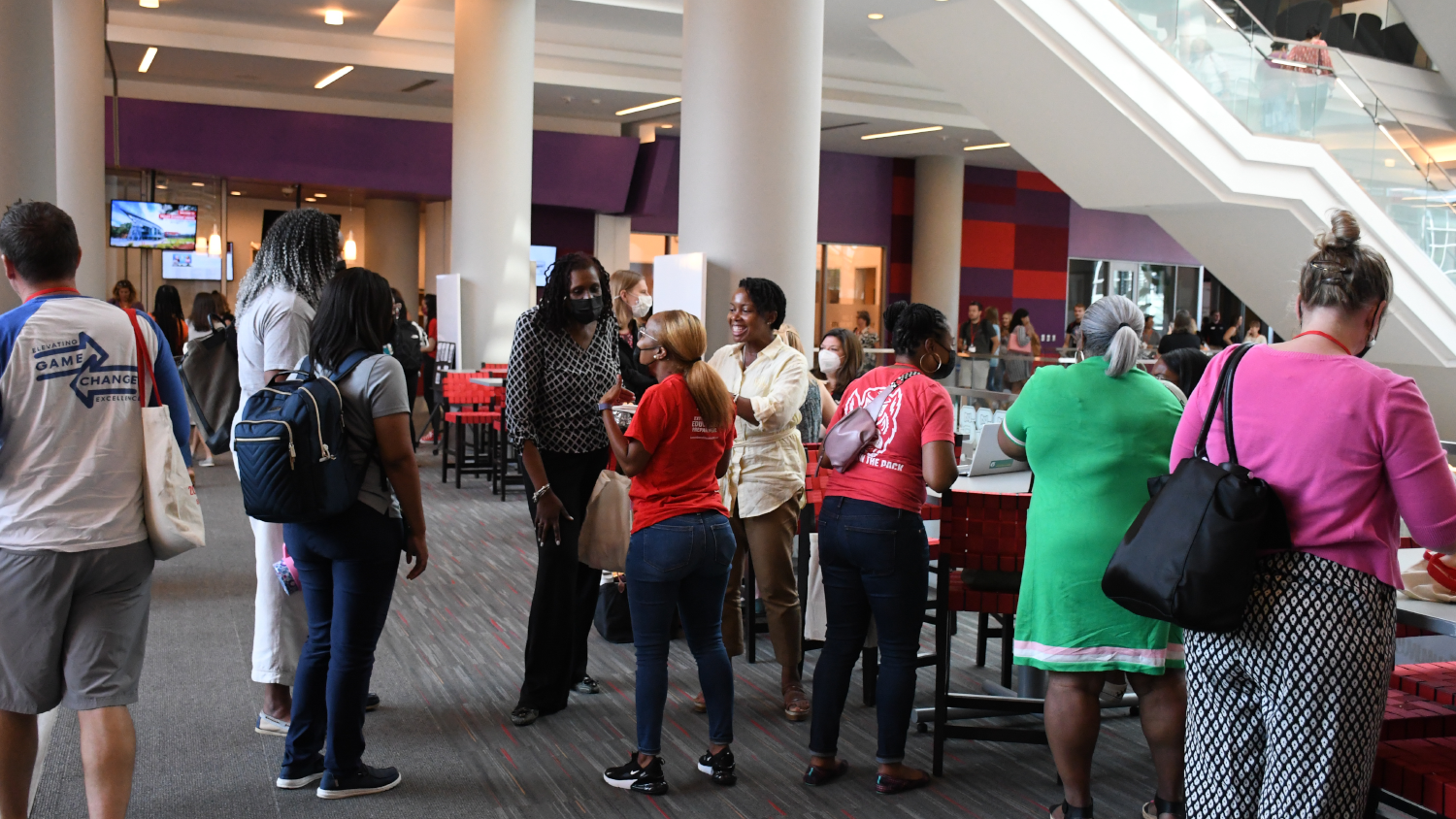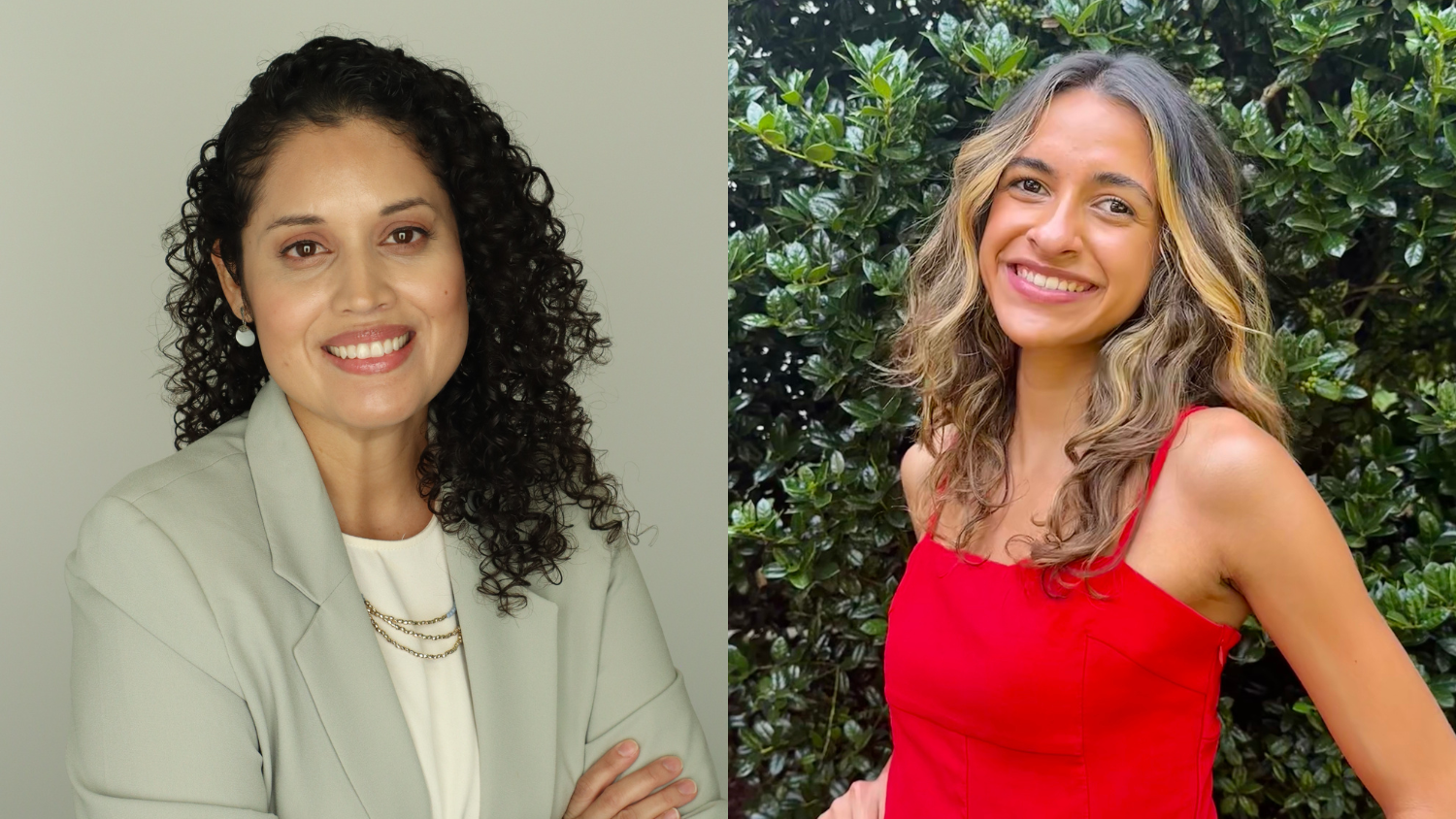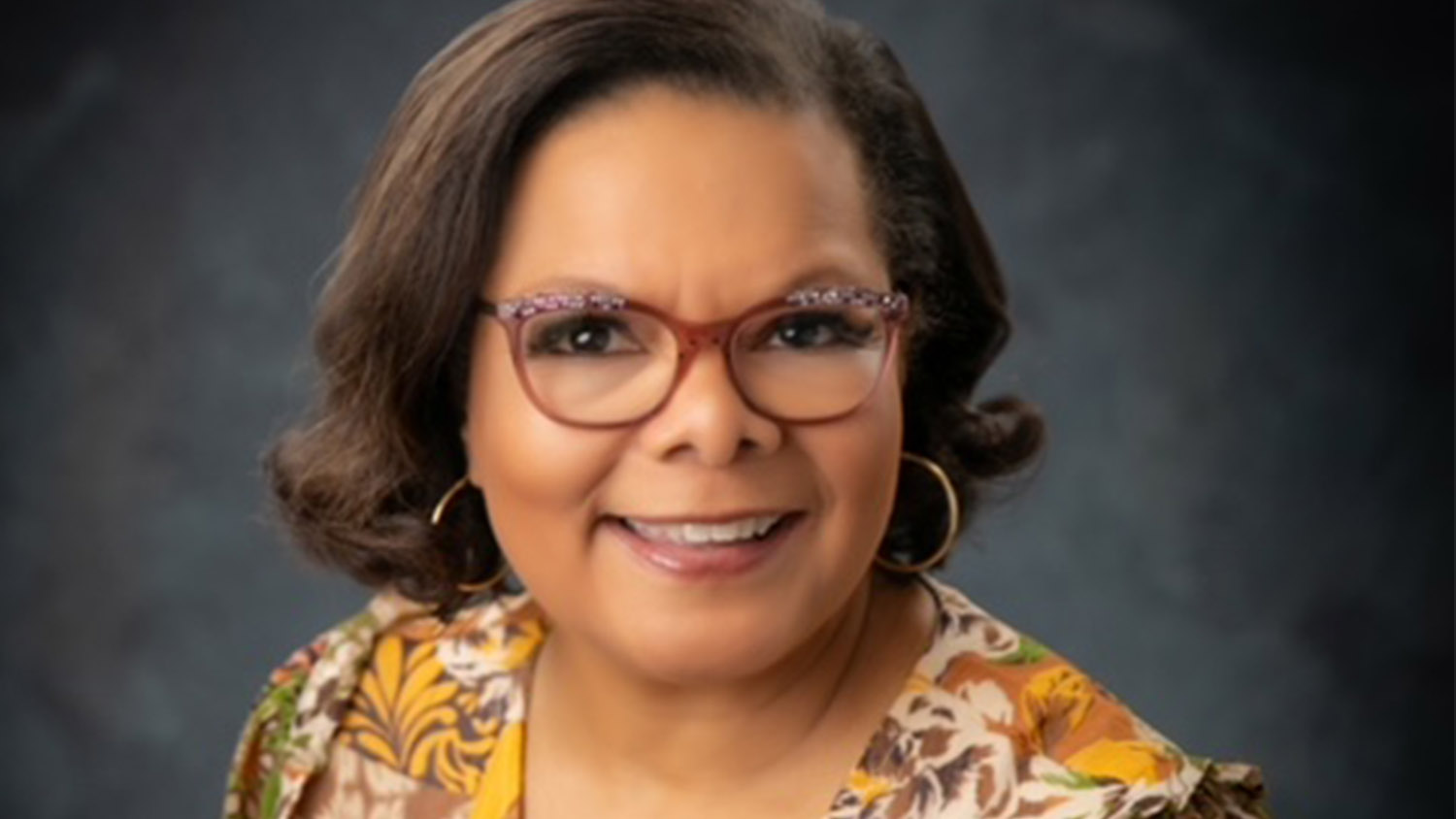North Carolina Teachers Learn from Each Other, Keynote Speaker Bonnie Bolado, during 2022 Math Summit

Lillian Loftin-Bell, a first grade teacher at Northside Elementary School in Chapel Hill, has learned how to better capture her students’ minds and grow their conceptual understanding thanks to the Math Summit held annually at NC State.
The Math Summit is now in its sixth year and sponsored by the NC State College of Education and the Triangle Math Alliance, a regional consortium of the Chapel Hill-Carrboro, Durham, Johnston, Orange and Wake County public schools, and funded by the Goodnight Educational Foundation. is now in its sixth year at NC State. This year marked Loftin-Bell’s fourth year attending the event.
“I love coming and learning new ideas and strategies and ways to help improve my students in math,” she said. “The sessions are great and the speakers – especially the keynote speakers– are always great every year.”
As a result of the COVID-19 pandemic, the Math Summit has been held virtually for the past two years. The 2022 event marked a return to an in-person event for 800 North Carolina teachers who registered to attend on Aug. 2.
Jeremy Ogburn, a fifth grade teacher at Northridge Elementary School in Raleigh, had attended a previous in-person event and said that he learned valuable information about using number lines that he has integrated into his classroom. This year, he came to learn more about the use of mathematics games in the classroom.
Meanwhile, Jasmine Adams, an eighth grade math teacher at Rogers-Herr Middle School in Durham, was excited to learn more about how to appropriately use data in the classroom while teaching statistics. Additionally, she was excited for the opportunity to collaborate with colleagues from across the state.
“It’s good to be amongst colleagues and my peers and learn different strategies and information to be able to use in our classrooms,” she said. “I think it’s great to be here. Isolation [during COVID] was a lot, so it’s great to be around each other.”
Math Summit keynote speaker Bonnie Bolado, a senior math specialist at the NC Center for the Advancement of Teaching, also encouraged teachers in attendance to collaborate with one another.
During her speech, Bolado took frequent pauses to invite educators to talk amongst themselves and share their first experiences in the classroom, their strengths as educators and the areas in which they hope to grow, and what strategies they are looking forward to bringing back to the classroom after the event.

Sharing Four Core Practices for Mathematics Teachers
Bolado’s keynote speech, entitled “Moving Forward: Core Instruction Best Practice,” encouraged educators to connect and be transparent with their students as they engage with learning and shared four research-based best practices that teachers could implement in their own instruction.
“I encourage you to embrace those that are best for you. The thing about professional development is you already have so many strengths when you come to the table. Professional development isn’t about overhaul, professional development is about adding to what you already do well,” she said.
- Best Practice No. 1: Provide Authentic Feedback: Authentic feedback, Bolado said, needs to be based on students’ strengths. She encouraged teachers to understand how their students learn math by giving them opportunities to develop and hone their skills and then offer feedback that speaks to demonstrated strengths. “It’s not good enough to just say ‘good job’ anymore. We have to give specific feedback to our kids. It needs to be honest though and it needs to be transparent and it needs to be strengths-based.”
- Best Practice No. 2: Mobilize the Knowledge: Teachers are seen as the keepers of knowledge in the classroom, but they don’t always have to be, Bolado said. Encourage collaboration by putting students in randomly assigned groups with assigned roles and allowing them to work on a vertical surface like a whiteboard, where their work is visible to everyone but mistakes can also be easily erased. Research shows students who work in this way spend more time on task and participate more in the lesson compared to working at desks and writing in notebooks. “Making thinking visible allows you, as a teacher, to be more of a facilitator throughout the classroom; that practice that we know is so critical. When kids are visibly in random groups, it allows opportunities for them to think collaboratively, to think alternatively.”
- Best Practice No. 3: Honoring Background Knowledge: Sharing an anticipation guide prior to a lesson that allows students to share what they already know about a topic and see a list of ideas they will be learning in a unit can help them activate prior knowledge to better engage in the lesson. Additionally, using images in lessons that can spark curiosity and give students a chance to tell the teacher or their peers something they already know can help activate background knowledge. “Making sure that we use that surface knowledge is so important because that’s what brings curiosity to learning and increases student engagement.”
- Best Practice No. 4: Owning Fluency: Kids acquire fluency in mathematics at different rates, Bolado said, but every teacher has a responsibility to grow students’ fact fluency, no matter the grade level. When students don’t know an answer, have them share a fact they do know and build from there. For example, if a student doesn’t know the answer to 9×7, but they know the answer to 9×2, a teacher can help them derive new information by starting from the equation they have already solved. “Honor what kids bring to the table, their strengths-based understanding with derived facts. Have that one-one-one conversation, regardless of the grade level that they’re in…so that they can grow authentically.”
- Categories:


